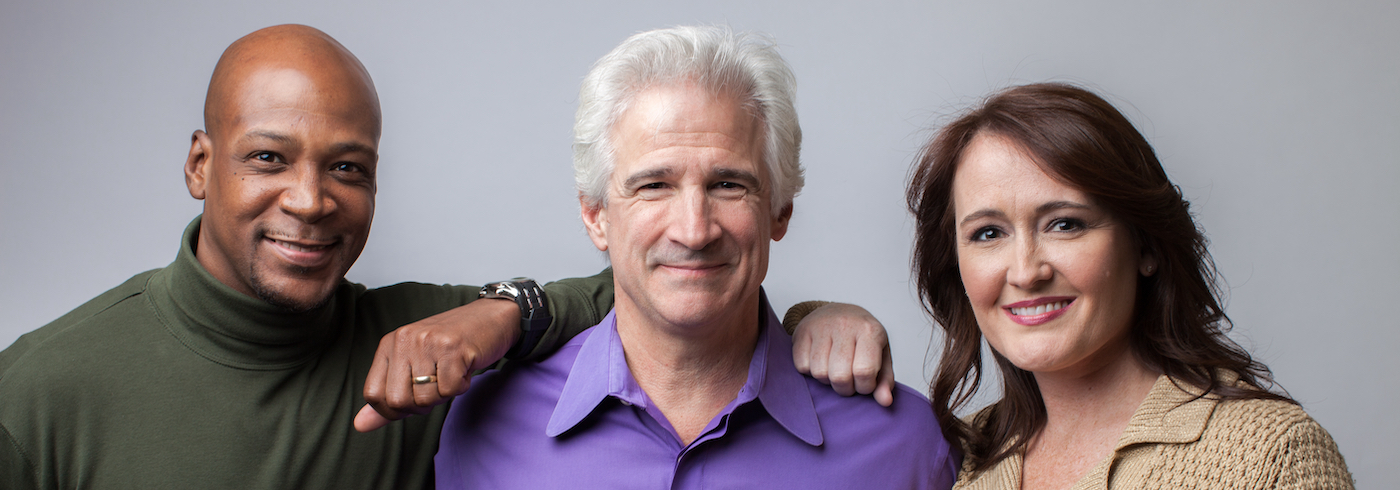Healing Racial Wounds One Friend At a Time
Review of ‘Life-Changing Cross-Cultural Friendships’
Racism is America’s deepest and longest lasting wound. Sometimes, the wound seems to heal; other times, to deteriorate. According to a 2022 Gallup poll, only 28% of Americans currently are satisfied with the state of race relations in our nation. That percentage improves on 2021’s 23% satisfaction rate, but it still means that 72% of Americans are unsatisfied.
Most public discourse about racism focuses on systemic solutions to the problem. Some advocate antiracism, while others contend for colorblindness. The debate is long-lasting, seemingly intractable, and frequently bitter.
Without discounting the importance of that debate, Gary Chapman and Clarence Shuler take a personal approach to healing America’s racial divide. “We believe that it [i.e., lack of racial unity] is because we have failed on the interpersonal level in relating to those of a different race or culture,” they write. “Most Americans do not have a close personal friend of another race. We may have casual acquaintances, but not close friendships.”
Statistics bear out their point. According to a 2016 report by the Public Religion Research Institute, “Fully three-quarters (75%) of white Americans report that the network of people with whom they discuss important matters is entirely white.” Among Black Americans, 65% have a racially homogenous social network. “Without deep cross-cultural friendships,” Chapman and Shuler argue, “we will never understand each other, and our relationships will always be tenuous in America.”
The authors first met in 1968 in Winston-Salem, North Carolina. Chapman, who is white, was the youth pastor at a Baptist church. Shuler, who is Black, was a teenager who began attending youth meetings at that church. While legal segregation had formally ended, and public-school integration was soon to start, deep-seated prejudices and the residual effects of a century of Jim Crow kept the races apart.
Chapman risked the disapproval of members of his congregation by warmly welcoming Shuler into the group. Shuler took far greater physical risks by going to church in a white neighborhood. What began as a mentorship soon turned into a friendship. The book charts the course of that six-decade-long relationship.
What would happen in our nation, or any nation, if every Christian had a least one close relationship with someone of a different race or culture?
More importantly, it uses that friendship to illustrate seven principles necessary to building friendships like theirs:
1. There are different levels of friendship. The authors outline four types: situational, professional, mentoring, and close personal. It’s important to know which kind of friendship you have in order to properly manage expectations about it.
2. Friendship begins with courtesy and patience. This point applies to all our dealings with others. “When courtesy becomes a lifestyle, we open the door to the possibility of building friendships across racial and cultural lines,” the authors write.
3. Friends love each other. “Love chooses to seek the best for a friend,” they say. “The opposite of love is selfishness.” This is the crucial issue — whether we look out only for our own interests or also for the interests of others. The authors illustrate cross-cultural love by citing Jesus’ encounter at the well with the Samaritan woman (John 4).
4. Friends apologize and forgive each other. Hurt is inevitable in relationships. Chapman and Shuler show how to apologize when you have sinned against a friend, as well as how to forgive when someone has sinned against you.
5. Friends are not colorblind. Whatever the merits of colorblindness are as an approach to public policy, it is inappropriate in friendship. “We are not to be colorblind but to thank God for our divine differences and that together we are the body of Christ,” the authors explain.
6. Friends disagree agreeably. Friends never agree on everything. Those disagreements don’t have to end the friendship, however. Chapman and Shuler identify three ways to resolve conflict in cross-cultural relationships: (1) “I will meet you on your side,” (2) “I will meet you in the middle,” and (3) “We disagree disagreeably.”
7. Friends are friends forever. Close personal friendships endure over time and become something more like family relationships. This doesn’t happen in every cross-cultural relationship, but it can happen, and when it does, it is beautiful.
Life-Changing Cross-Cultural Friendships makes a valuable contribution to healing America’s racial wound. It offers a testimony to the power of such friendships, as well biblically grounded advice about how to start and maintain them. The book is short and clearly written, and each chapter includes discussion questions. It can be read profitably by individuals, but it is also helpful for group reading and discussion.
The authors conclude their book by asking, “what would happen in our nation, or any nation, if every Christian had a least one close relationship with someone of a different race or culture?” It wouldn’t solve our nation’s difficult public policy debates. However, it could turn down the temperature on them. And that would be a step in the right direction.
Book Reviewed
Gary Chapman and Clarence Shuler, Life-Changing Cross-Cultural Friendships: How You Can Help Heal Racial Divides One Relationship At a Time (Grand Rapids, MI: Zondervan, 2022).
Influence Magazine & The Healthy Church Network
© 2025 Assemblies of God

